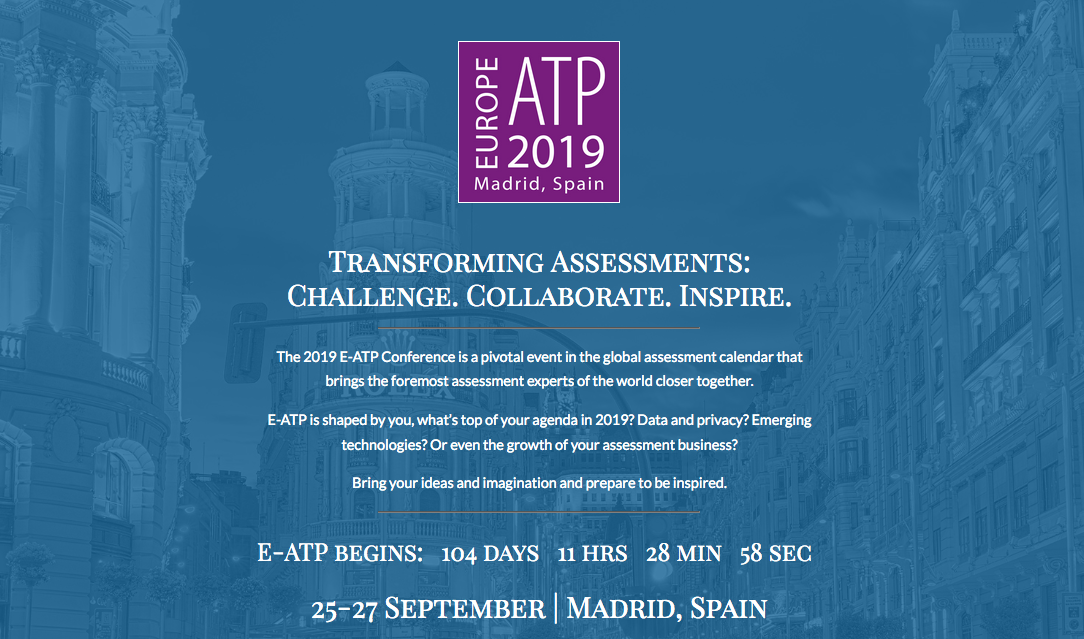
Why psychometricians and linguists need to join forces to improve the validity of multilingual assessments – E-ATP 2019
by Pisana Ferrari – cApStAn Ambassador to the Global Village
Assessments often depend on subtle wording choices, which are expected to trigger certain reactions in respondents (or not). For example, do you think the question “Should there be a trade-off between accountability and purposeful action?” could be translated into different languages and elicit similar response patterns in different cultures? Not necessarily. The psychometrician is not a linguist and cannot be expected to consider a range of possible repercussions in other languages for each lexical choice they make. Likewise, it is a challenge for linguists to replicate or imitate the effect of wording, and one can hardly expect of translators-who usually aren’t trained psychologists-that they identify the patterns they need to focus on. The time is ripe for the testing industry to challenge the traditional interaction between testing organisations and language service providers: replace the client/vendor consecutive model with a collaborative model in which test developers and linguists join forces to shape, streamline and promote best practice. Embedding translation in the item development phase is paramount in order to maximise cross-language comparability. Why? Simply because it allows psychometricians to take more language parameters into account and linguists, more psychometric features.
Join us at our joint break out session with the HR organisation Hudson at E-ATP 2019 to hear more about how a holistic and collaborative approach to test translation/adaptation in the talent management sphere can significantly improve the validity of multilingual assessments.
Details about date and time of the session to follow soon.
E-ATP 2019: http://www.eatpconference.eu.com/index.aspx
cApStAn LQC: https://www.capstan.be
Hudson: https://be.hudson.com/en-gb/